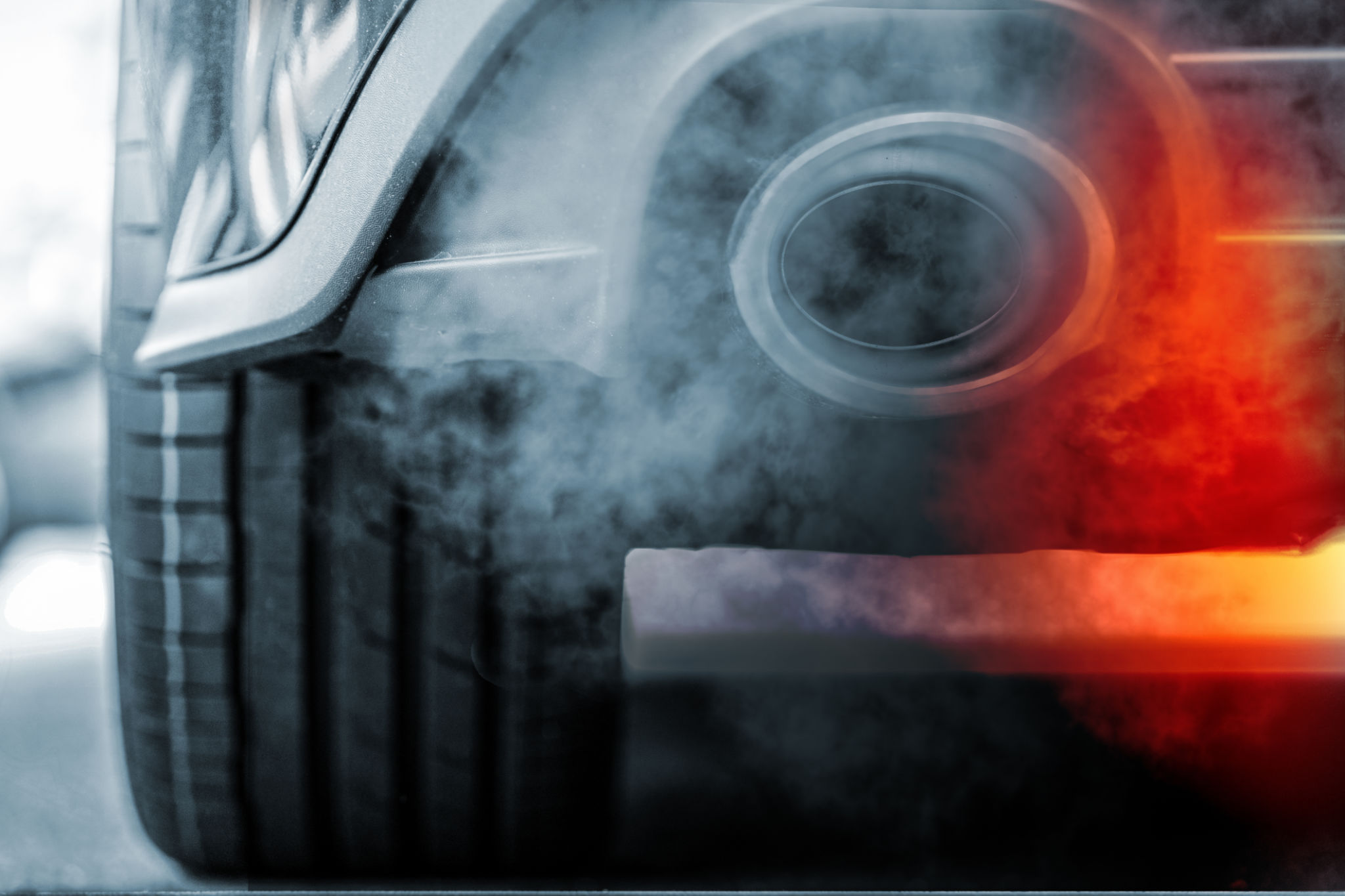Exploring the Global Market for Automotive Urea: Opportunities and Trends
Understanding Automotive Urea
Automotive urea, commonly known as Diesel Exhaust Fluid (DEF), is a crucial component in reducing harmful emissions from diesel engines. It is a solution composed of 32.5% high-purity urea and 67.5% deionized water. The significance of automotive urea lies in its role in the Selective Catalytic Reduction (SCR) technology, which helps in converting nitrogen oxides (NOx) into harmless nitrogen and water vapor.
With increasing environmental regulations worldwide, the demand for automotive urea is on the rise. As governments enforce stricter emission norms, vehicle manufacturers are increasingly adopting SCR technology, thereby driving the growth of the automotive urea market.

Market Growth and Opportunities
The global market for automotive urea is expanding rapidly, presenting numerous opportunities for stakeholders. As more countries strive to meet emission targets, the need for DEF grows. According to recent market research, the automotive urea market is expected to witness substantial growth in the coming years.
Several factors contribute to this growth trajectory:
- Stringent emission regulations worldwide
- Increased production and sales of diesel vehicles equipped with SCR systems
- The growing awareness about environmental sustainability

Regional Insights
Different regions are experiencing varying levels of adoption and market penetration. North America and Europe currently lead in terms of DEF consumption due to their stringent environmental regulations. The Asia-Pacific region, however, is emerging as a significant player due to its burgeoning automotive sector and evolving emission norms.
Countries like China and India, with their large automotive industries, are expected to see robust growth in the automotive urea market. This presents a lucrative opportunity for manufacturers and suppliers to expand their operations in these regions.

Technological Advancements
Technological innovations are playing a pivotal role in shaping the automotive urea market. Advancements in SCR technology are making systems more efficient and cost-effective, which in turn boosts the demand for DEF. Additionally, improvements in logistics and distribution channels are ensuring better availability of automotive urea across regions.
Companies are investing in research and development to enhance the quality and efficiency of DEF, ensuring compliance with evolving emission standards. This continuous innovation is crucial for maintaining a competitive edge in the global market.

Challenges and Considerations
Despite the promising growth prospects, the automotive urea market faces several challenges. Fluctuations in raw material prices can impact production costs, while maintaining high purity standards remains a key concern for manufacturers. Additionally, logistical challenges such as storage and transportation require careful consideration to ensure product integrity.
Companies must also navigate the complex regulatory landscape, which varies significantly across regions. Adhering to these regulations is essential to avoid penalties and ensure market access.
The Future of Automotive Urea
The future of the automotive urea market looks promising, driven by a combination of regulatory pressures and technological advancements. As the global community continues to prioritize sustainability and reduce emissions, the demand for DEF is expected to grow steadily.
For industry stakeholders, this presents an opportunity to innovate, expand, and capitalize on emerging markets. By staying attuned to market trends and investing in sustainable practices, companies can position themselves as leaders in this evolving landscape.
